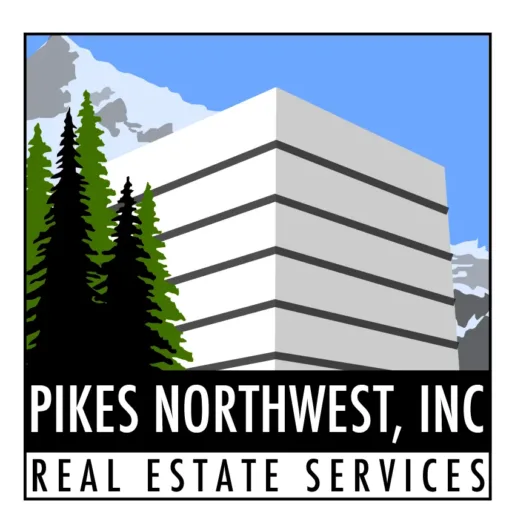NOTE: This is the first in a series of three articles.
- Pay Attention to your Neighbors!
In buying commercial or residential properties, a lot can go wrong. Over the last three decades, great strides have been made for real estate professionals to utilize standard sales documents that are neutral and fair to both sides. Through recent legislation, training of real estate professionals, and the adopting of common practice, deals tend to be much smoother and fair.
However, no matter the size or complexity of the transaction, having a solid team on your side is crucial. Team member cam range from the real estate broker or agent, mortgage broker, appraiser, inspector, surveyor, and real estate attorney.
At Fetherston Edmonds, LLP, for over five decades we have worked with clients during all phases of the real estate life cycle. In this month’s issue, and the next few, will discuss some of the common mistakes we see buyers make and how utilizing a trusted real estate lawyer can help save you or your client thousands of dollars and headaches.
One of the most common mistakes I have seen is buyers who have not properly investigated neighboring owners and their use of property. Examples are:
- Not making a careful visual inspection of the surrounding properties and how they are being utilized. This sounds basic, but it is surprising how many times a buyer does not pay attention to what is going on in the immediate area.
- Not identifying the zoning designation of neighbors’ adjoining properties can impact the buyer’s intended use. For example, the City of Salem has a complex and detailed zoning code. There are several areas where one side of the street can be used for residential, but other side is designation commercial. Our firm recently received a call from a buyer who was disappointed to learn that an auto repair shop was going to be operated right next door to his residential rental property. The commercial use was permitted under the City’s zoning code.
- Not acknowledging that a neighbor has an easement that negatively impacts a buyer’s intended use. An example of this was a buyer who did not realize that the neighbor’s easement was larger than the current use. Per the terms of the easement, the neighbor was able to expand its driveway and require the buyer to remove trees, shrubs, fencing, and other improvements.
- Not checking county or city building permits or planning department files can help prevent buying next door to an expanded recycling plant or a 300+ house residential development.
Clearly a buyer doing his or her homework can pay off. Having a trusted real estate attorney review your sales documents, analyze the underlying items identified in a preliminary title report, and do an investigation of the property could prevent man expensive and burdensome problems.
AUTHOR: Chris Matheny is an accomplished Attorney and partner at Fetherston Edmonds. Chris’ practice focuses on real estate law transactions and business law. The lawyers at Fetherston Edmonds, LLP are available to answer any questions and help you navigate any
stage of the commercial transaction process. Chris Matheny can be reached at (503) 581-1542 or email at CMATHENY@FE-ATTORNEYS.COM

 My name is Alyssa Flores. I was raised here in Salem, Oregon. I’ve been working in property management for the past 6 years, and am excited to be part of the Pikes Northwest team. In my spare time I enjoy being with my family and friends.
My name is Alyssa Flores. I was raised here in Salem, Oregon. I’ve been working in property management for the past 6 years, and am excited to be part of the Pikes Northwest team. In my spare time I enjoy being with my family and friends. My experience in property management spans 15 plus years including selling homes in Southern CA. I relocated back to the NW after 20 plus years and I’m really enjoying the beauty of the seasons! I’m excited to add more Commercial Property Management experience to my skill set!
My experience in property management spans 15 plus years including selling homes in Southern CA. I relocated back to the NW after 20 plus years and I’m really enjoying the beauty of the seasons! I’m excited to add more Commercial Property Management experience to my skill set!